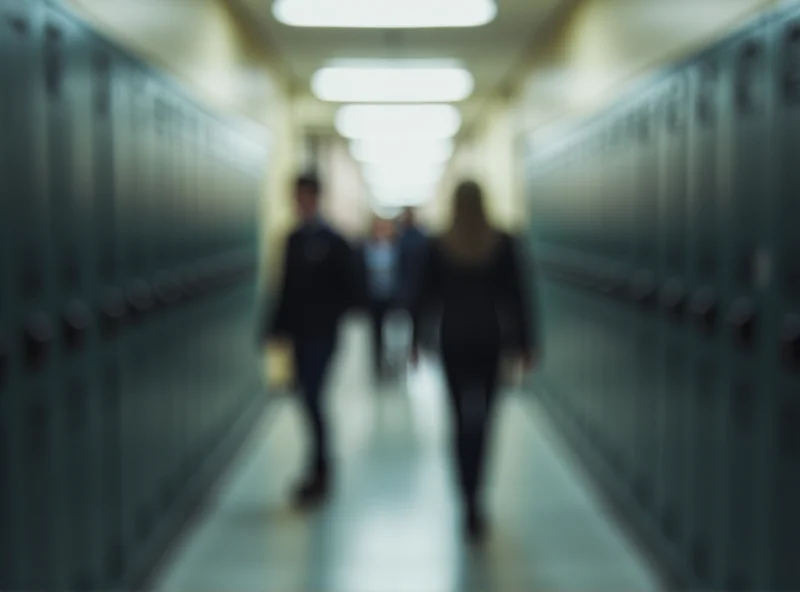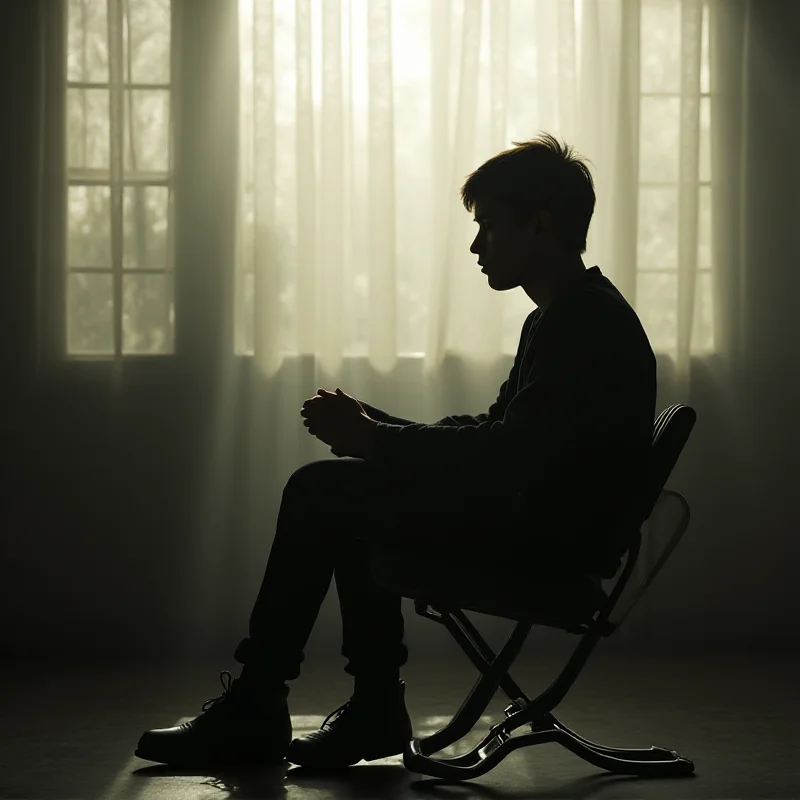A high school student who threatened classmates with a knife has received probation or a conditional sentence, avoiding a potential prison sentence. The incident raises questions about the balance between punishment and rehabilitation in the juvenile justice system.

The Incident and Initial Response
The student, whose name has been withheld due to their age, reportedly threatened classmates with a knife. Authorities were alerted, and the student was taken into custody. Facing a potential three-year prison sentence, the situation appeared dire. However, the court ultimately decided against incarceration.
“It's a complex situation,” said a local legal expert familiar with similar cases. “The court likely considered the student's age, background, and potential for rehabilitation when making its decision.”
Probation Instead of Prison
Instead of serving time in prison, the student received probation or a conditional sentence. This means the student will be under the supervision of a probation officer and must adhere to specific conditions, such as attending counseling, maintaining good behavior, and avoiding contact with the victims.

The specific terms of the probation will vary depending on the jurisdiction and the individual circumstances of the case. Failure to comply with these conditions could result in the student being sent to prison.
A Second Chance?
The decision to grant probation has sparked debate in the community. Some believe that the student should have faced stricter consequences for their actions, arguing that it sends the wrong message to other students. Others support the decision, emphasizing the importance of giving young people a second chance to turn their lives around.

The outcome of this case highlights the ongoing challenge of balancing justice with rehabilitation, particularly when dealing with young offenders. Only time will tell if this student can successfully navigate the terms of their probation and avoid further trouble with the law.
It also serves as a reminder of the importance of addressing the root causes of violence and providing support for young people who are struggling with mental health issues or facing difficult circumstances.
